Full title
Invasion of Robinia pseudoacacia in Europe and its effects on understory vegetation in urban and rural areas
Abstract
[singlepic id=128 w=250 h=188 float=right]The aim of this PhD study is to assess the invasion of the legume Robinia pseudoacacia in Europe and its effects on understory vegetation in terms of species composition and richness, with a focus on other alien species, which might have advantages, growing under this alien tree species. Furthermore the effect of urbanization will be taken into account. Until now Robinia is known to invade dry grasslands and urban wastelands, thus diminishing their usually high biodiversity. In woods it is known to respond well to anthropogenic disturbances and coppice forest management. All previous studies were conducted on a local to regional scale. This study will broaden the view of Robinia Invasion in forests; the study area shall extend from Hungary to western France, with Luxembourg as a main central point. Methodologically, the study will examine pairs of wood stands, on one hand, stands composed of Robinia and stands composed of native wooden species, under similar environmental conditions, will be compared. On the other hand stands in urbanized environments will be compared to stands in rural regions. The main variables, that will be gathered, are species composition (α-, ß-diversity), climate data (on a larger scale) and soil features, mainly the N-content of the soil, as Robinia has the capability to bind atmospheric nitrogen. In the end we hope to have an answer to the following questions:
- Does Robinia pseudoacacia pose a threat to certain native European woodland communities in certain regions?
- Does it change soil factors in a way to favour other alien species and to change biodiversity?
- Is there a difference between urban and rural stands?
Status of Phd
Supervisor at university: Prof. Dr. Ingo Kowarik, institute: Ecology, faculty: Planning Building Environment, university: Technische Universität Berlin
Supervisor in Luxembourg: Dr. Christian Ries, institution : Scientific Research Center of the National Museum of Natural History
PhD granted by Fonds national de la recherche Luxembourg. Duration: 3 years (01.08.2013 – 31.07.2016).
Host institution: Fondation faune-flore @ Centre de recherche scientifique, Musée national d’histoire naturelle.
Contact
Yan Steil
Musée national d’histoire naturelle
Centre de recherche scientifique
Laboratoire/Section d’Écologie
24, rue Münster
L-2160 Luxembourg
phone: (+352) 46 22 40 -212
fax: (+352) 46 38 48
yan.steil@mnhn.lu
Publications and not published works
- Steil, Y., 2013. The distribution and ecology of Lamium galeobdolon ssp. in Luxembourg and Europe. Diploma theses, University of Bonn, Germany. ii + 27 p.
Talks and poster presentations
- Steil, Y., 2013. The distribution and ecology of Lamium galeobdolon ssp. in Luxembourg and Europe. Talk, réunion des collaborateurs scientifiques, 16.3.2013.
- Ries C., Y. Steil & P. Thommes, 2013. Common ragweed (Ambrosia artemisiifolia L.) seeds in bird food in Luxemburg in 2007 and 2012. Poster, réunion des collaborateurs scientifiques, 16.3.2013.
- Ries, C., Y. Steil, M. Pfeiffenschneider, 2013. Survey amongst physicians in Luxembourg on burns caused in 2011 and 2012 by the giant hogweed (Heracleum mantegazzianum SOMMIER & LEVIER, Apiaceae). Poster, réunion des collaborateurs scientifiques, 16.3.2013.
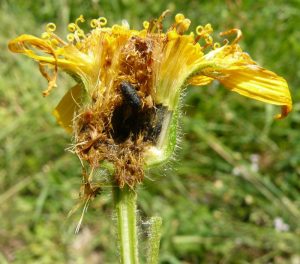 The biological diversity of montane regions may be threatened by predicted climate change. Low mountain species frequently cannot respond to climate change by migrating upward, but only by plasticity or genetic adaptation. Predicted climate change will not only result in changed environmental conditions, but also affect biotic interactions. The aim of this project is to study the possible impact of climate change on the interactions of the threatened plant species Arnica montana with both generalist herbivores and a specialised parasite, the seed fly Tephritis arnicae. We will investigate the impact of herbivory and parasitism on the model species A. montana along an altitudinal gradient, investigate defenses against herbivores using metabolomic profiles, and experimentally study how plant-animal interactions would be affected under predicted climatic change. Population sizes of generalist herbivores are foreseen to increase in upland regions which may threaten the survival of mountain populations of plants that may be less defended against herbivores than lowland populations. We will also study genetic variation in metabolomic profiles and herbivore resistance among and within populations and its importance for adaptation to changed conditions. The population biology of A. montana is currently studied in a PhD project (AFR FNR Grant) hosted by the MNHNL. The proposed PhD project will take advantage of the knowledge about the population biology and quantitative genetics of A. montana obtained in this study and use two common garden experiments already set up at high and low altitudes. The expected results of the project will contribute to a better understanding of the genetic and metabolomic diversity of rare and endangered species and its importance under the scenario of projected climate change. The outcomes will also have implications for the conservation and management of biodiversity and allow a better understanding of the role of systems biology in biodiversity conservation.
The biological diversity of montane regions may be threatened by predicted climate change. Low mountain species frequently cannot respond to climate change by migrating upward, but only by plasticity or genetic adaptation. Predicted climate change will not only result in changed environmental conditions, but also affect biotic interactions. The aim of this project is to study the possible impact of climate change on the interactions of the threatened plant species Arnica montana with both generalist herbivores and a specialised parasite, the seed fly Tephritis arnicae. We will investigate the impact of herbivory and parasitism on the model species A. montana along an altitudinal gradient, investigate defenses against herbivores using metabolomic profiles, and experimentally study how plant-animal interactions would be affected under predicted climatic change. Population sizes of generalist herbivores are foreseen to increase in upland regions which may threaten the survival of mountain populations of plants that may be less defended against herbivores than lowland populations. We will also study genetic variation in metabolomic profiles and herbivore resistance among and within populations and its importance for adaptation to changed conditions. The population biology of A. montana is currently studied in a PhD project (AFR FNR Grant) hosted by the MNHNL. The proposed PhD project will take advantage of the knowledge about the population biology and quantitative genetics of A. montana obtained in this study and use two common garden experiments already set up at high and low altitudes. The expected results of the project will contribute to a better understanding of the genetic and metabolomic diversity of rare and endangered species and its importance under the scenario of projected climate change. The outcomes will also have implications for the conservation and management of biodiversity and allow a better understanding of the role of systems biology in biodiversity conservation.

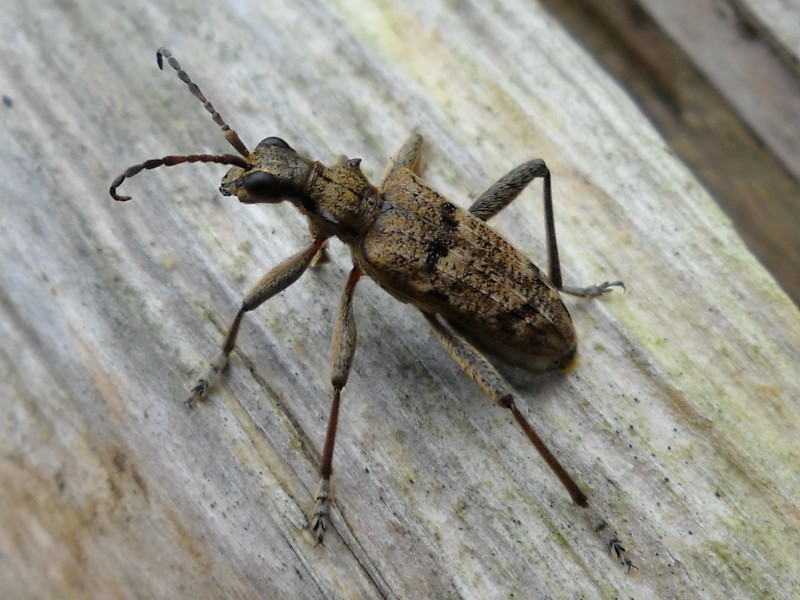

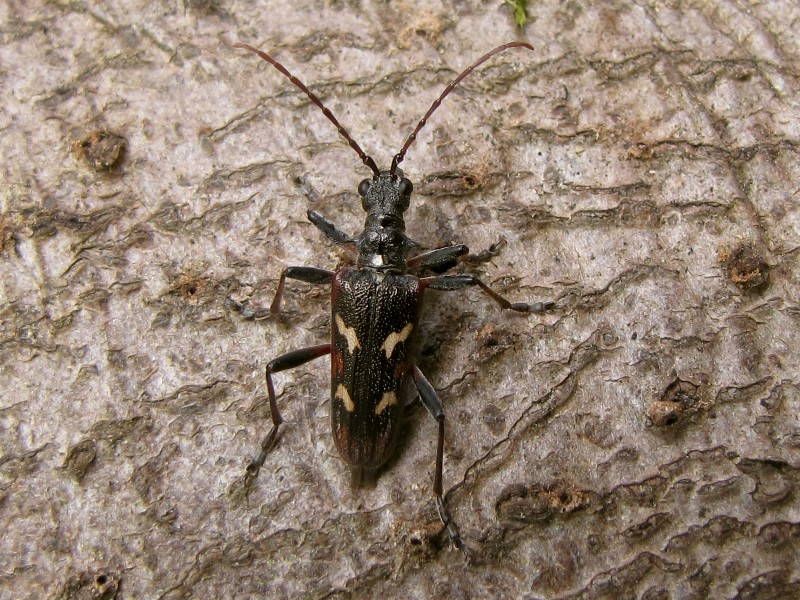
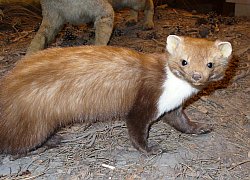 It is common practice to rehabilitate wounded or orphaned wildlife with the intention of re-releasing them into the wild, or to capture, trans-locate and re-release animals that cause disturbance to humans or damage property. The proposed project aims to investigate the post-release behaviour of stone martens (Martes foina) and to assess the welfare implications and practical efficiency of re-release as a management strategy. Stone martens have been chosen as subjects because they are common in urban and rural environments throughout most of Europe including Luxembourg, and they are responsible for various sources of human/wildlife conflict. Captive reared orphaned and wild-caught adult stone martens will be radio tracked after rerelease, and their behaviour and survival rates recorded under two different release regimes (‘soft’ and ‘hard’ release). A questionnaire survey will be conducted to see whether the problems that led to the capture and relocation of the wild-captured adult martens ceased after the removal of the martens from their territory; or whether the territory was reoccupied and the problems persisted. The overall aim of the study is to improve re-release protocols so as to (a) optimize the chances of survival and the welfare of the re-released stone martens after and during the process of release, and to (b) minimize the likelihood of further human/wildlife conflict.
It is common practice to rehabilitate wounded or orphaned wildlife with the intention of re-releasing them into the wild, or to capture, trans-locate and re-release animals that cause disturbance to humans or damage property. The proposed project aims to investigate the post-release behaviour of stone martens (Martes foina) and to assess the welfare implications and practical efficiency of re-release as a management strategy. Stone martens have been chosen as subjects because they are common in urban and rural environments throughout most of Europe including Luxembourg, and they are responsible for various sources of human/wildlife conflict. Captive reared orphaned and wild-caught adult stone martens will be radio tracked after rerelease, and their behaviour and survival rates recorded under two different release regimes (‘soft’ and ‘hard’ release). A questionnaire survey will be conducted to see whether the problems that led to the capture and relocation of the wild-captured adult martens ceased after the removal of the martens from their territory; or whether the territory was reoccupied and the problems persisted. The overall aim of the study is to improve re-release protocols so as to (a) optimize the chances of survival and the welfare of the re-released stone martens after and during the process of release, and to (b) minimize the likelihood of further human/wildlife conflict.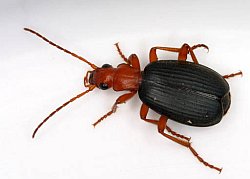 Twentieth century anthropogenic global change has already affected all of the earth biota. One-third to one half of earth’s ice free surface has been transformed by human land use. This land cover change represents the most important component of global change now, and will do so for the next decades to come.
Twentieth century anthropogenic global change has already affected all of the earth biota. One-third to one half of earth’s ice free surface has been transformed by human land use. This land cover change represents the most important component of global change now, and will do so for the next decades to come.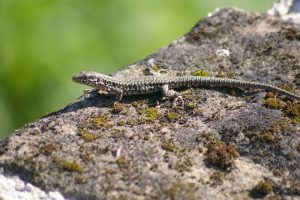 The common wall lizard is a warmth – loving species which is mainly spread in the Mediterranean area. Its northern area of circulation spreads over the north of France, Luxembourg, along the Maas in Belgium, the south of the Netherlands (with the northernmost existing population in Maastricht), scattered appearances in the Eifel area and the Rhine area as far as Bonn. In its northern area of circulation there are probably the following two subspecies: Podarcis muralis brogniardi in the northern Eifel area and the Vennvorland as well as Podarcis muralis merremia at the Rhine and the Moselle.
The common wall lizard is a warmth – loving species which is mainly spread in the Mediterranean area. Its northern area of circulation spreads over the north of France, Luxembourg, along the Maas in Belgium, the south of the Netherlands (with the northernmost existing population in Maastricht), scattered appearances in the Eifel area and the Rhine area as far as Bonn. In its northern area of circulation there are probably the following two subspecies: Podarcis muralis brogniardi in the northern Eifel area and the Vennvorland as well as Podarcis muralis merremia at the Rhine and the Moselle.